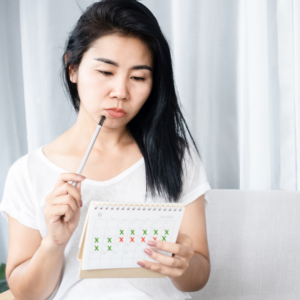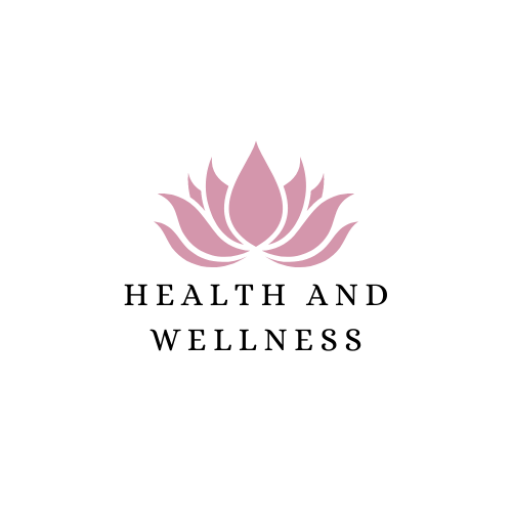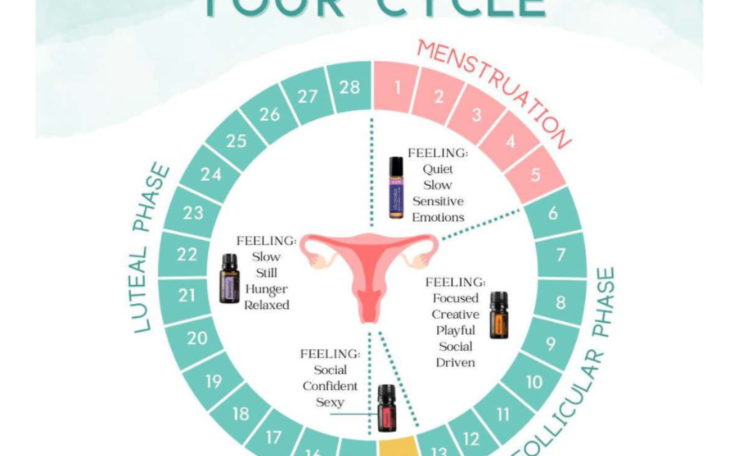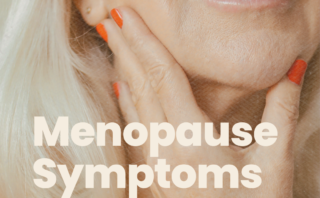Knowing What Your Hormones Should Be Doing During Your Cycle Phases Gives You Insight Into Your Cyclical Symptoms
Estrogen During Your Cycles
- Menstrual: Low
- Follicular: Rising
- Ovulation: Peak
- Luteal: Drop
Progesterone During Your Cycle
- Menstrual: Low
- Follicular: Low
- Ovulation: Produced after ovulation
- Luteal: High then decreases
Menstrual Phase: days on your period 3-7 days
Follicular Phase: day after your period until ovulation
Ovulation Phase: main event of your cycle, typically id-cycle, fertile window = days leading up +ovulation (~6 days)
Luteal Phase: day after ovulation until day before next period, 10-18 days (~2 weeks)
It’s also important to know where you are in your cycle if you are getting  hormone testing done. You will want to test these 5-7 days after ovulation to best assess peak levels and progesterone production.
hormone testing done. You will want to test these 5-7 days after ovulation to best assess peak levels and progesterone production.
Fertility hormones FSH and LH you will test on day 2 or 3
If you are experiencing irregular cycles or symptoms there are cases to test at different points in the cycle.
Estrogen issues and low progesterone can have overlapping symptoms like PMS, crams, and luteal phase mood swings You can have both things going at once.
Here are some distinct symptoms for each:
High estrogen and/or estrogen metabolism issues:
- heavy, painful periods
- fibroids
- ovarian cysts
- endometriosis
- period clots
- purple-ish period blood
- gut issues
- breast tenderness
Low progesterone:
- cramps or pain
- long cycle >36 days
- short cycle <24 days
- irregular cycles
- short luteal phase
- fertility issues
- brown bleeding
- luteal phase spotting
Low progesterone can worsen estrogen issues because it’s needed to balance out estrogen in the second half of your cycle.
When you understand and heal the root cause you can stop throwing everything at it and use a targeted approach that works. You can start feeling better pretty quickly! Let’s book a complimentary call and explore how you can have pain-free cycles, symptomless cycles and optimize your fertility!





